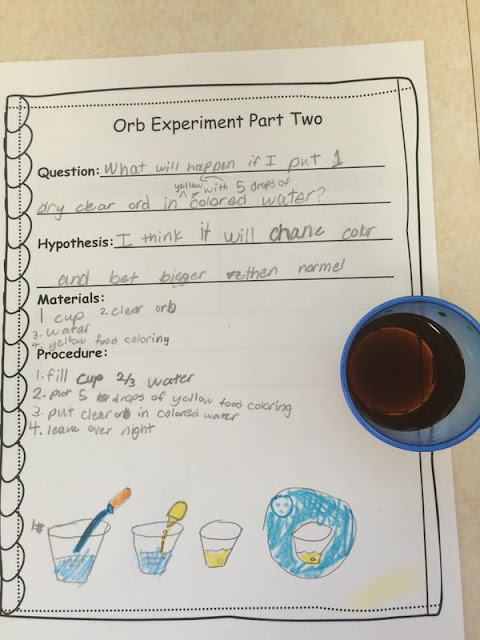What is Earth's most precious resource that keeps all living things alive, but is not readily accessible to all people? Water! After many weeks of studying water and its properties, our students have recognized how important water really is, and how lucky they are to have it at their fingertips.
On Friday, we did something that we have never done before. We had a reading marathon, called One Great Day of Reading to raise money to give to The Water Project.
Leading up to this day, our students did many reading and writing activities to learn about water and our global water crisis. One of our favorite sites that gave us a lot of information about what causes the crisis was eschooltoday:your cool basics on water shortage.
Our science unit on water and weather led us to recognize the scarcity of water in places on Earth. The students made a mural of the water cycle that they visualized while reading The Water Cycle Adventure, which can be found on Enchanted Learning.
One of our last activities in this unit was to write about the importance of water. We used The Important Book by Margaret Wise Brown as our mentor text. The students used all of the notes that we had taken in our water readings to find a topic and supporting details about why water is so important to our lives. They then wrote about it using the pattern we discovered in The Important Book.
We were thrilled that our One Great Day of Reading led to giving over $800 to The Water Project. As we continue to read A Long Walk To Water, we recognize that there is still a great need to give people around the world access to clean water.
The next time you drink a glass of water, remember how precious this resource is!
Kim and Anne
One of our last activities in this unit was to write about the importance of water. We used The Important Book by Margaret Wise Brown as our mentor text. The students used all of the notes that we had taken in our water readings to find a topic and supporting details about why water is so important to our lives. They then wrote about it using the pattern we discovered in The Important Book.
We were thrilled that our One Great Day of Reading led to giving over $800 to The Water Project. As we continue to read A Long Walk To Water, we recognize that there is still a great need to give people around the world access to clean water.
The next time you drink a glass of water, remember how precious this resource is!
Kim and Anne

















































